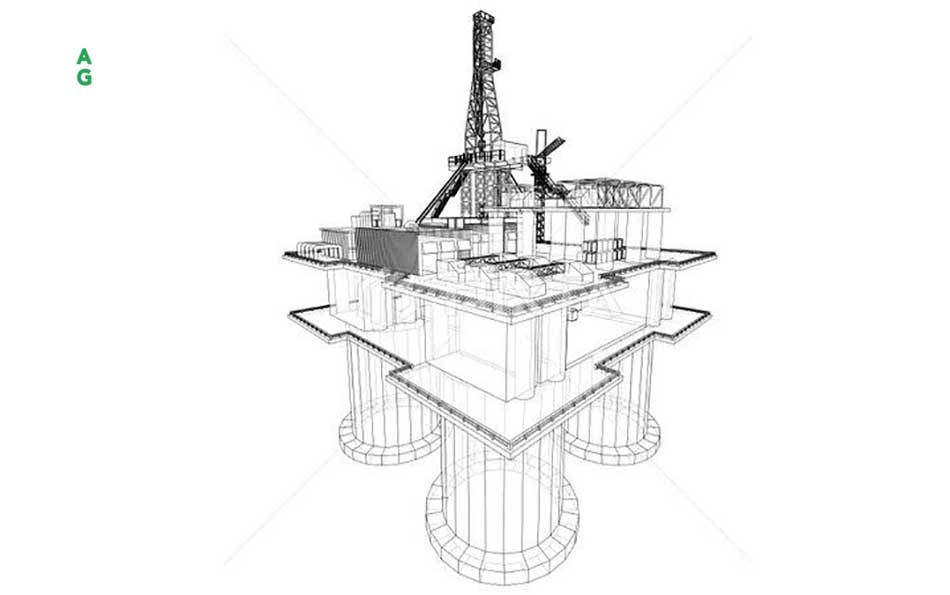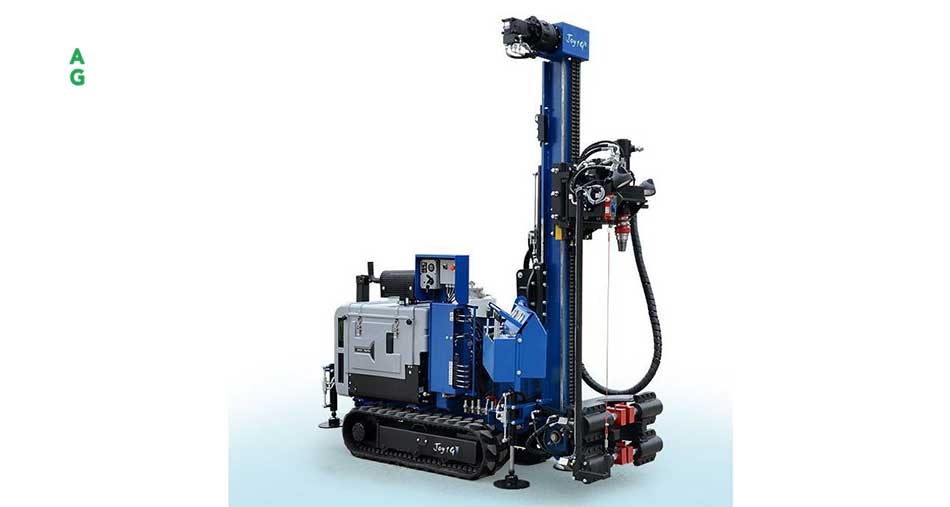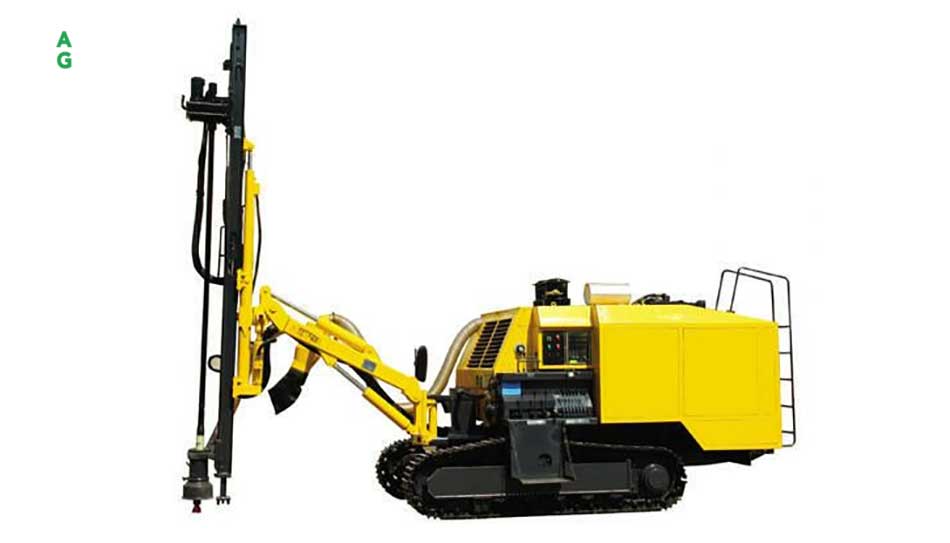Perhaps the most important thing on the minds of enthusiasts is the discussion of drilling rig components. Therefore, in this article, we try to first explain all the components and how they work, and then explain drilling rig components and function, drilling rig equipment, mining drilling rig components.
Drilling rig
Small and medium-sized drill rigs are mobile, including those used in mineral exploration drilling, blasting holes, wells, and environmental surveys. Larger rigs can excavate thousands of feet of the Earth’s crust and use a large “mud pump” to circulate excavated mud (mud) through the drill bit and the annular part of the casing to create “shavings”. Cool and remove. Excavation. Factory hoists can lift hundreds of tons of pipes. Other devices can push acid or sand into the reservoir to facilitate the extraction of petroleum or natural gas. In remote areas, there are permanent housing and rations for the crew (which can exceed 100). Marine rigs can be operated thousands of miles from supply bases, and crew members rarely rotate or rotate.
Parts and Components of an Oil Drilling Rig
Drilling rig components include the mud tanks, mud pumps, derrick or mast, draw works, rotary table or top drive, drill string, power generation equipment, and ancillary equipment. The drilling crew might be regarded a part of the rig as well.
Drilling fluid (muddy water) is stored and distributed in the mud tanks, which transports cuttings back to the surface for disposal. By keeping the earth beneath the rig cool and moist, this fluid serves a crucial role in preventing it from collapsing.
The drilling fluid is pumped out of the tank and into the borehole using the mud pump. This drilling rig equipment is referred to as “mud.” The name stems from the fact that it was originally employed as a drilling lubricant.
The drilling crew works from a structure known as a derrick or mast. It provides a working platform that is elevated above the ground. Jibs are a series of booms that are attached to the derrick at different heights. Shovels, hooks, and pulleys are used by the drilling crew to load and unload drilling rig components from the rig into vehicles or directly into the borehole.
The draw works are used to hoist and lower a rope into the borehole known as a “drill string.”
Drilling rig components and function
Drilling rig components and function are as follows: The crew establishes the rig once the equipment arrives at the project location. Casing is a large-diameter concrete pipe that lines the drill hole and allows for the flow of drilling mud. Casings, which are steel cages, hold it to the ground’s surface.
The upper half of the rig is put together by the casing crew. They choose the right size casing for the job and lay it down on the drill floor or truck bed, smaller end down. They pull the casing into place using heavy lifting equipment and link it to the top of the rig with threaded couplings and metal straps.
Different types of drilling rigs
Rigging is typically performed by contractors that assist enterprises in the construction of structures, the relocation of buildings, or the modification of physical qualities such as height or angle. Engineers on the job, on the other hand, may require rigging to accomplish their tasks effectively. Rigging can be used to offer a safe working platform above busy highways or to hoist a beam over a doorway so it can be fastened to the building’s interior wall.
Other structural workers, such as builders, carpenters, plumbers, electricians, and others, may be required to rig items in addition to contractors and engineers.
Surface rigs and steerable borers are the two primary types of rotary drilling rigs. A surface rig is one that is mounted on wheels and so has the ability to move on its own. This setup is often set up in a flat area that may be transported to the desired location. Surface drills can reach depths of up to 200 feet (61 meters), but they’re most typically employed for modest chores like drilling holes for fence posts. A huge motor is connected to the frame via a spinning shaft.
A steerable boring rig is one that is operated by cables or hydraulic lines from the surface. These drilling rig components are frequently employed for larger projects, such as the construction of tunnels beneath roads or rivers. The drill’s direction is controlled by the driver at the surface, who sends signals through the control panel. A dog clutch is a feature on steerable drilling rigs that allows the driver to rapidly stop the drill if it hits something hard.
How to Build a Mining Rig?
In fact, mining drilling rig components were fully mentioned in the above contents, and in this headline, we will only examine how to make it. Processors are used in CPU mining rigs to “mine” data from the block chain. Most people think of CPU mining as mining cryptocurrency directly from their computer, however these are relatively simple and affordable rigs. This has both advantages and disadvantages.
CPU mining is growing increasingly unpopular as time passes. There are many factors that contribute to this, but one of the most important is the price. CPU mining is both expensive and inconvenient – your electricity bills will increase, and your machine could overheat at any moment if you don’t have adequate cooling.
The availability of the CPU technique of mining is its key advantage. You may start mining right now by downloading a few apps (more on them later) to your desktop or laptop (although using laptops for crypto mining is widely discouraged). They also require maintenance, such as a lot of cooling, a lot of electricity to feed their power, and general care and attention.
“AsiaGilsonite” Service Company is pleased with its brilliant track record in supporting Gilsonite customers and enthusiasts in manufacturing and selling Gilsonite and hopes to play a key role in facilitating this through innovative services.







